UNESCO is an international organisation whose aim is the promotion of education, science, culture, communication and information. It gives the title of World Heritage Site to places that qualify due to their uniqueness and authenticity. They also have a so-called Black List for those places that are threatened by grave danger.
Here are the second 11 beautiful places in the world you should visit as soon as possible:
Part 2/4 (status 12.03.15)
Index:
Okapi Wildlife Reserve (1997).12
Salonga National Park (1999).13
Historic Town of Zabīd (2000).14
Abu Mena (2001).15
Minaret and Archaeological Remains of Jam (2002).16
Ashur (Qal'at Sherqat) (2003).17
Comoé National Park (2003).18
Cultural Landscape and Archaeological Remains of the Bamiyan Valley (2003).19
Ruins of Kilwa Kisiwani and Ruins of Songo Mnara (2004).20
Coro and its Port (2005).21
Humberstone and Santa Laura Saltpeter Works (2005).22
11 Beautiful places in the world that will be gone soon/2:
12. Okapi Wildlife Reserve (map)
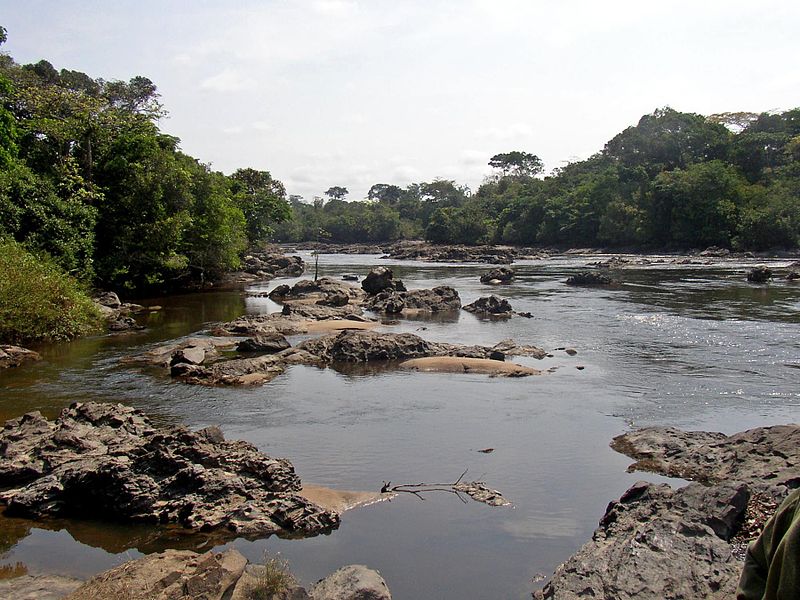 click for more pictures of Okapi Reserve.
click for more pictures of Okapi Reserve.
What is Okapi Wildlife Reserve? The Okapi Wildlife Reserve is a World Heritage Site in the Ituri Forest in the north-east of the Democratic Republic of the Congo, near the borders with Sudan and Uganda. At approximately 14,000 km², it covers approximately one fifth of the area of the forest.
Why is it on the list? Looting of park facilities and killing of elephants as a result of an armed conflict in the area.
13. Salonga National Park (map)
 click for more pictures of Okapi Reserve.
click for more pictures of Okapi Reserve.
What is Salonga Park? Salonga National Park is a national park in the Democratic Republic of the Congo located in the Congo River basin. It is Africa's largest tropical rainforest reserve covering about 36,000 km².
Why is it on the list? Breakdown of civil order.
14. Historic Town of Zabīd (map)
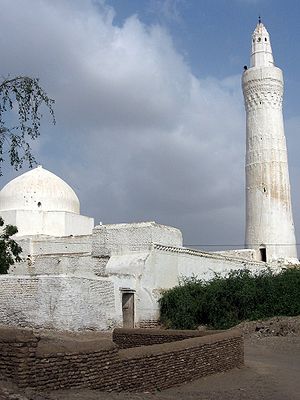 click for more pictures of Okapi Reserve.
click for more pictures of Okapi Reserve.
What is Zabid? Zabid is a town with an urban population of around 23,000 people on Yemen's western coastal plain. It is one of the oldest towns in Yemen. It was the capital of Yemen from the 13th to the 15th century and a center of the Arab and Muslim world due in large part to its famed University of Zabid and being a center of Islamic education. Today, however, it is at the intellectual and economic margins of modern Yemen.
Why was it added? Because of the deteriorating state of historic buildings, inscribed on request of the state party
15. Abu Mena (map)
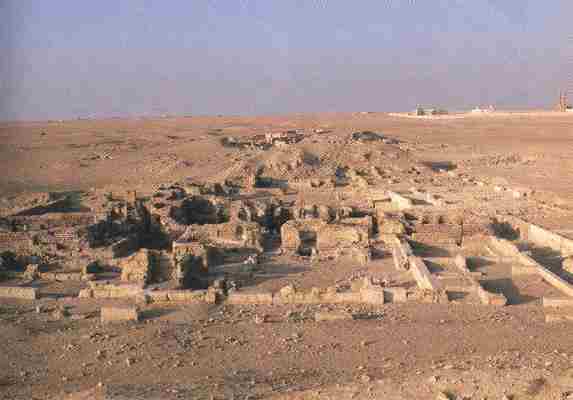 click for more pictures of Okapi Reserve.
click for more pictures of Okapi Reserve.
What is Abu Mena? Abu Mena was a town, monastery complex and Christian pilgrimage center in Late Antique Egypt. Its remains were designated a World Heritage Site in 1979. There are very few standing remains, but the foundations of most major buildings, such as the great basilica, are easily discernible.
Why was it added? Recent agricultural efforts in the area have led to a significant rise in the water table, which has caused a number of the site's buildings to collapse or become unstable.
16. Minaret and Archaeological Remains of Jam (map)
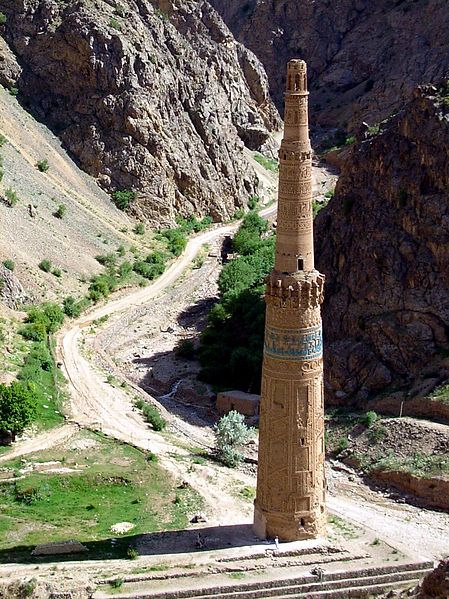 click for more pictures of Okapi Reserve.
click for more pictures of Okapi Reserve.
What is the Minaret of Jam? The Minaret of Jam is a Site in western Afghanistan. The 62-metre high minaret, surrounded by mountains that reach up to 2400m, was built in the 1190s, entirely of baked bricks. It is famous for its intricate brick.
Why is it on the list? Lack of legal protection, lack of protection measure or management plan, poor condition of the site.
17. Ashur (Qal'at Sherqat) (map)
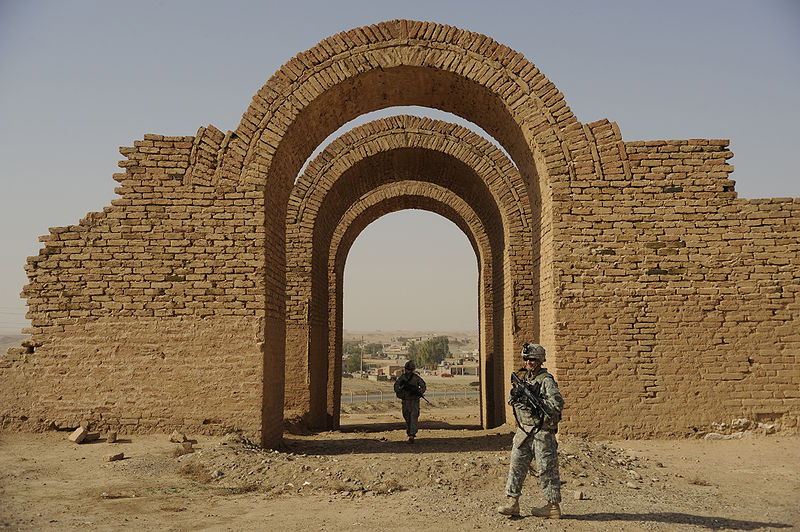 click for more pictures of Okapi Reserve.
click for more pictures of Okapi Reserve.
What is Ashur? Aššur is a remnant city of the last Ashurite Kingdom. The remains of the city are situated on the western bank of the river Tigri, in modern-day Iraq. The city was occupied when Tamurlane conducted a massacre of its population. Aššur is also the name of the chief deity of the city. He was considered the highest god in the Assyrian pantheon and the protector of the Assyrian state.
Why was it added? due to the conflict in that area and also a planned reservoir that would have partially flooded the site was suspended in the wake of the Iraq War by the new administration; lack of adequate protection.
18. Comoé National Park (map)
What is Comoé Park? Comoé National Park is a national park in north eastern Côte d'Ivoire as well as a UNESCO World Heritage Site since its inscription in 1983. The park was initially added as a World Heritage Site due to the diversity of plant life present around the Comoé River, including pristine patches of tropical rain forest that are usually only found further south. As a well-eroded plain between two large rivers, the land in the area is home to soils and a moisture regime suitable to a richer biodiversity than surrounding areas.
Why was it added? Due to poaching, over-grazing of the park by cattle, and absence of management.
19. Cultural Landscape and Archaeological Remains of the Bamiyan Valley (map)
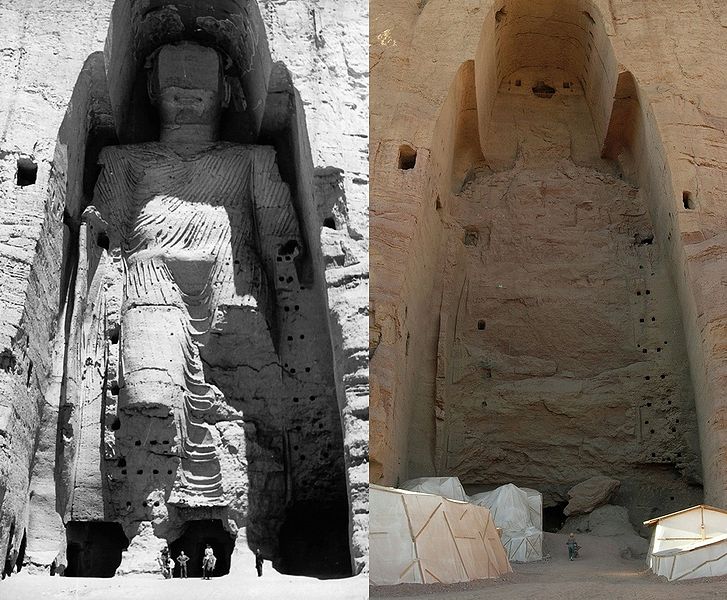 click for more pictures of Okapi Reserve.
click for more pictures of Okapi Reserve.
What is the Cultural and Archaeological Valley? The Buddhas of Bamiyan were two 6th century monumental statues of standing buddha carved into the side of a cliff in the Bamwam valley of central Afghanistan. Built in 507 AD the statues represented the classic blended style of Gandhara art. It is believed that the upper parts of their faces were made from great wooden masks or casts. Rows of holes that can be seen in photographs were spaces that held wooden pegs that stabilized the outer stucco. They were dynamited and destroyed in March 2001 by the Taliban, on orders from leader Mullah Mohammed Omar, after the Taliban government declared that they were idols.
Why was it added? Fragile conservation state due to abandonment, military action and dynamite explosions; causing dangers such as risk of collapse of Buddha niches, further deterioration of cave murals, looting and illicit excavations.
20. Ruins of Kilwa Kisiwani and Ruins of Songo Mnara (map)
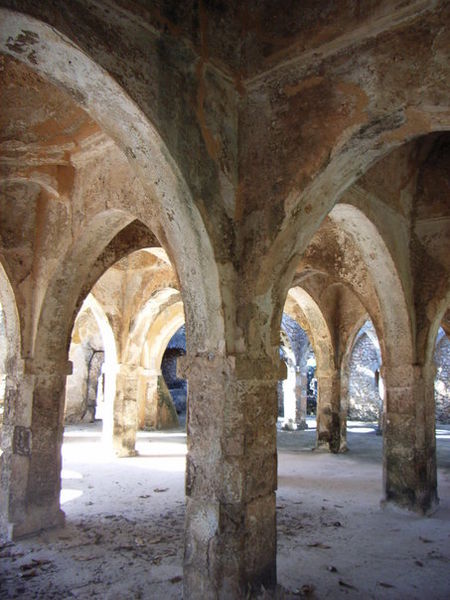 click for more pictures of Okapi Reserve.
click for more pictures of Okapi Reserve.
What are Ruins of Kilwa Kisiwani? Kilwa Kisiwani is a community on an island off the coast of East Africa in present-day Tanzania. Historically, it was the center of the Kilwa Sultanate, a Medieval sultanate, whose authority, at its height, stretched over the entire length of the Swahili Coast.
Why where they added? Continuing deterioration of the site due to various agents such as erosion or plants.
21. Coro and its Port (map)
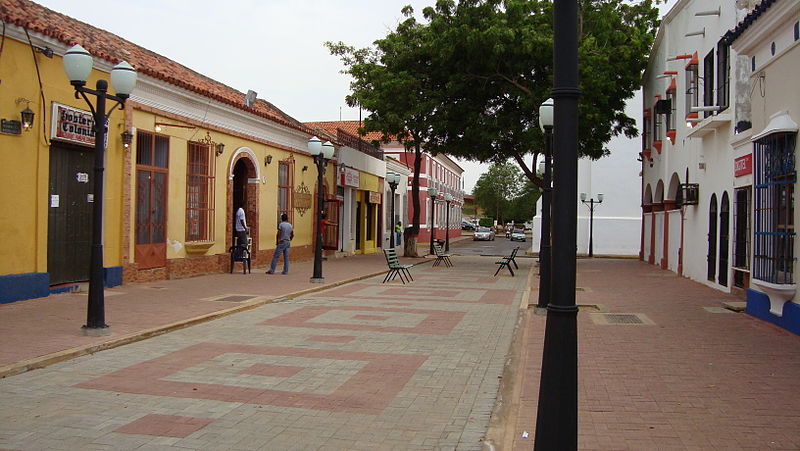 click for more pictures of Okapi Reserve.
click for more pictures of Okapi Reserve.
What is Coro? Coro is the capital of Falcón State and the oldest city in the west of Venezuela. It was founded on July 26, 1527 by Juan de Ampíes. It has a wide cultural tradition that comes from being the urban settlement founded by the Spanish conquerors who colonised the interior of the continent. It was the first capital of the Venezuela Province and head of the first bishop founded in South America in 1531. As Neu-Augsburg, it was the first German colony in the Americas. Thanks to the city's history, culture and its well-preserved colonial and republican architecture, "Coro and its port" was designated in 1993 as a World Heritage Site by UNESCO, thus becoming the first site in Venezuela to be vested with this title.
Why was it added? Damage to a great number of structures due to heavy rain between November 2004 and February 2005 as well as the construction of a new monument, a beach walkway and an entrance gate to the city in the buffer zone which could have considerable impact on the value of the site
22. Humberstone and Santa Laura Saltpeter Works (map)
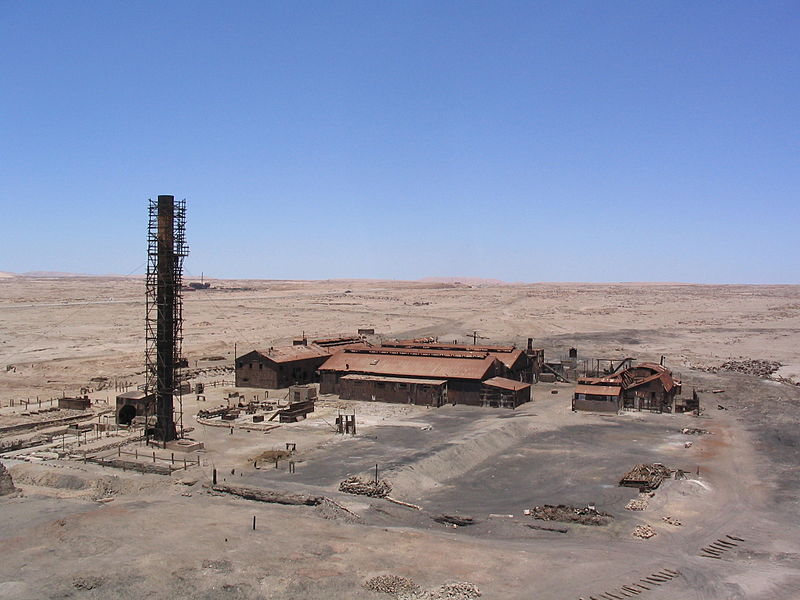 click for more pictures of Okapi Reserve.
click for more pictures of Okapi Reserve.
What are the Humberstone and Santa Laura Saltpeter Works? Humberstone and Santa Laura Saltpeter Works are two former saltpeter refineries located in northern Chile. They were declared a UNESCO World Heritage Site in 2005. Beside the Saltpeter Works it has a Worker's quarters, a Theater as well as a Swimming pool.
Why are they on the list? Fragile nature of structures due to lack of maintenance for 40 years; also damage, vandalism and some dismantling and looting.
Go to the previous 11 beautiful places in the world | Go to the next 11 beautiful places in the world

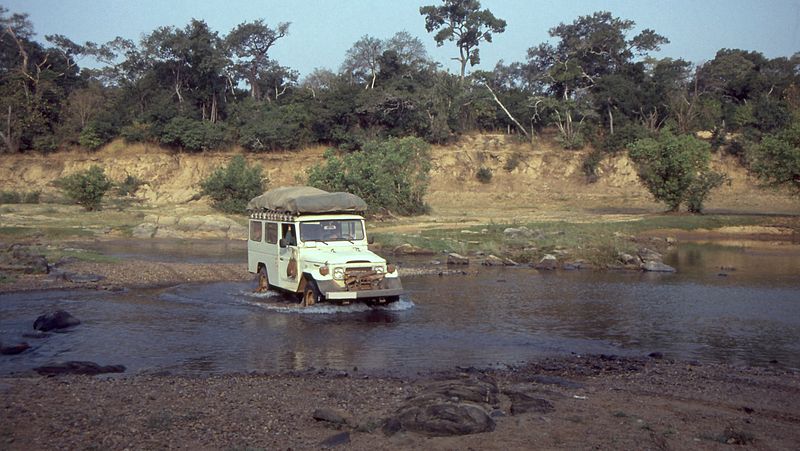




Comments